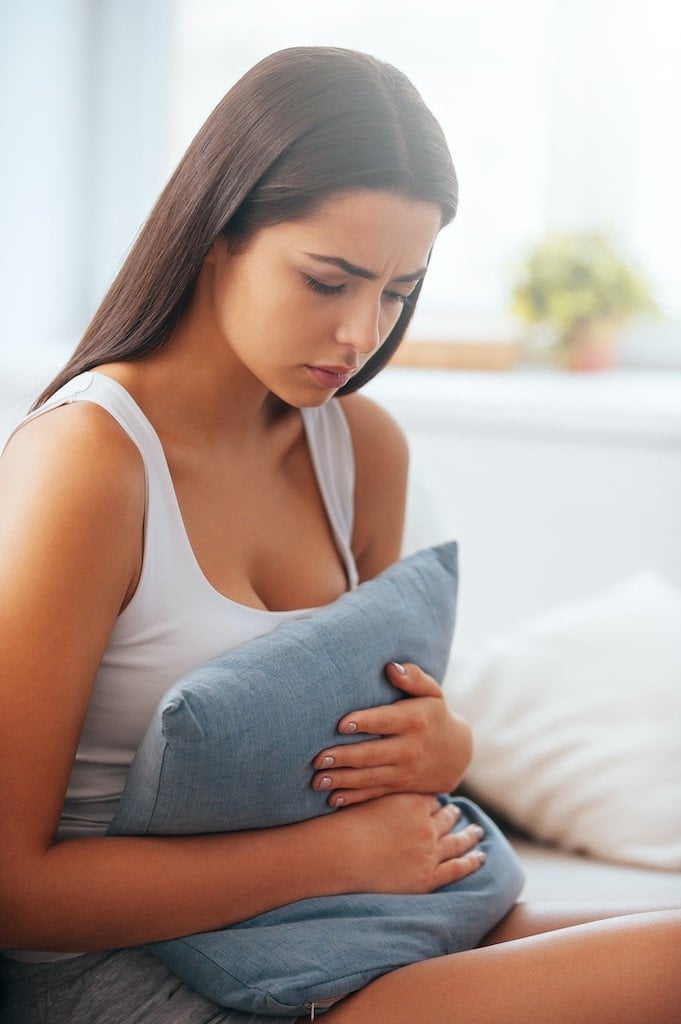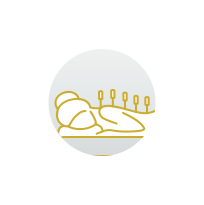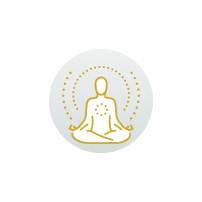
Amenorrhea—the absence of menstruation—can be both a symptom and a concern, affecting various facets of women’s health. While medical consultation is paramount for diagnosis and treatment, many women are also turning to holistic approaches to manage this condition effectively. This comprehensive guide aims to explore the role of nutrition, supplementation, herbs, and acupuncture in the management of amenorrhea.
The Hormonal Equation through Nutrition
Nutrition is a fundamental cornerstone in hormonal balance. Hormones like estrogen, progesterone, and the luteinizing hormone are significantly influenced by the quality of our diet. A well-rounded, nutrient-dense diet can help in reinstating the menstrual cycle by balancing these hormones.
Recommended Foods
- Vitamin-Rich Foods: Incorporate fruits like oranges and vegetables like spinach that are high in essential vitamins.
- Antioxidant Powerhouses: Foods like berries and nuts rich in antioxidants can reduce inflammation and promote hormonal balance.
- Omega-3 Fatty Acids: Fatty fish like salmon can enhance hormonal function and may alleviate amenorrhea symptoms.
Foods to Avoid
- Sugar-Heavy Foods: Excess sugar can result in insulin resistance, affecting hormonal balance.
- Caffeine: Excessive caffeine intake can exacerbate hormonal imbalances.
- Processed Foods: Laden with preservatives and artificial flavors, these can disrupt your endocrine system.
Supplementation: Filling in the Nutritional Gaps
While a balanced diet is crucial, supplementation can serve to fill the gaps. A variety of vitamins and minerals can be beneficial.
- Vitamin D: Linked to bone health and hormonal balance.
- Iron: Essential for women who experience heavy menstrual bleeding.
- Magnesium: Known for its stress-reducing properties, which in turn can influence the menstrual cycle.
Note: Consult a healthcare provider for personalized recommendations.
The Herbal Pathway: Nature’s Medicine Cabinet
Herbs have been used for centuries in treating various ailments. When it comes to amenorrhea, specific herbs have shown promise:
- Chasteberry: Known to regulate menstrual cycles.
- Dong Quai: Sometimes called “female ginseng,” it’s widely used in Traditional Chinese Medicine for women’s health.
- Maca Root: Popular for enhancing fertility and balancing hormones.
Caution: Always consult a healthcare provider before starting any herbal treatments.
Acupuncture: Ancient Wisdom, Modern Applications
Acupuncture, rooted in Traditional Chinese Medicine, has transcended cultural and geographical boundaries to become a globally recognized alternative treatment for a range of health conditions, including amenorrhea. Its core philosophy rests on the concept of Qi (pronounced “chee”), which is the vital energy or life force that flows through the body. Disruptions in this energy flow are believed to contribute to various ailments, including menstrual irregularities. Here, we delve into the specifics of how acupuncture can be a valuable tool in managing amenorrhea.
Specific Acupoints for Amenorrhea
While the treatment is individualized, common acupoints for treating amenorrhea may include:
- Sanyinjiao (SP6): Located on the inner leg, this point is known to regulate blood flow in the pelvic area and can be particularly beneficial for menstrual disorders.
- Zusanli (ST36): Known for strengthening overall Qi and improving vitality.
- Taichong (LR3): Situated on the foot, it aids in smoothing the liver Qi, which is often implicated in hormonal imbalances.
Hormonal Balance and Energy Flow
One of the ways acupuncture is believed to work is by modulating the hormonal systems, including the endocrine system and neuroendocrine system. The strategic placement of needles is thought to stimulate the central nervous system, which in turn releases chemicals that affect hormonal balance and promote wellbeing.
Conclusion
Amenorrhea is a complex condition that requires an integrated approach for effective management. By taking into account nutrition, supplementation, herbs, and acupuncture, you have a broader toolkit for tackling this issue. Nevertheless, these holistic approaches should complement, not replace, medical advice. Always consult with healthcare professionals for a comprehensive diagnosis and treatment plan.
By integrating these aspects into your wellness routine, you’re not just addressing the symptoms but also improving your overall health. Let’s empower ourselves with knowledge and options, because our health is indeed our greatest wealth.










